
Day in the Life of a Safety Officer: On-Site Photos and Real Scenarios
Introduction
Why Safety Officers Are Vital
Ever wonder who keeps things safe and sound on chaotic construction sites or oil rigs? That’s the job of a Safety Officer. They’re not just checking boxes—they’re the frontline guardians against accidents, injuries, and sometimes worse.
What This Article Covers
In this article, we’ll walk you through a typical day in the life of a Safety Officer using real on-site scenarios, photos, and personal insights. Think of it like a backstage pass into the world of workplace safety!
Starting the Day: Morning Routine
Site Entry and Safety Gear Check
The day kicks off early—often before sunrise. The Safety Officer arrives and suits up: hard hat, high-visibility vest, safety boots, gloves, and eye protection. First things first, a walk around the site entrance to ensure all workers are equipped with the right PPE.
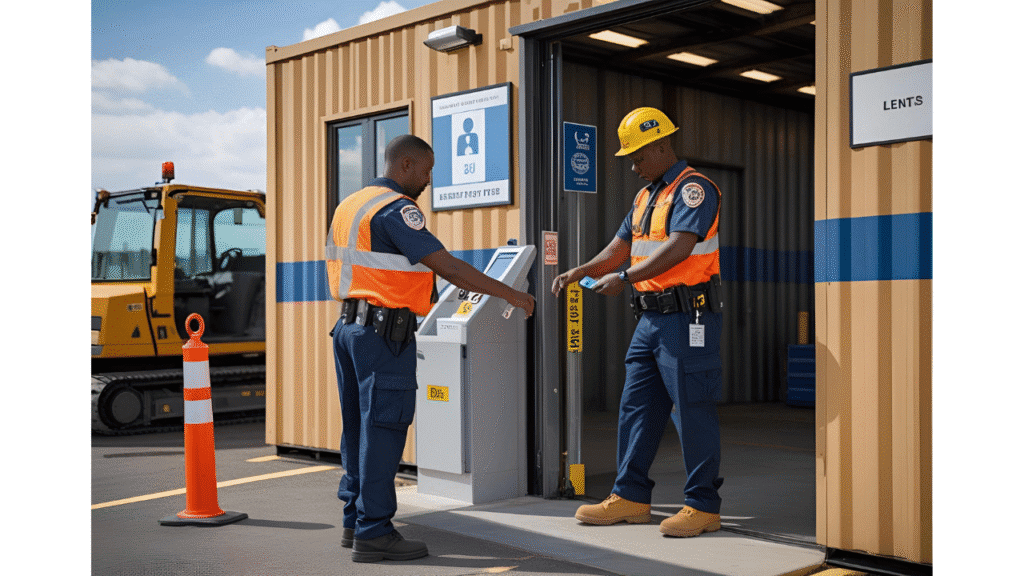
Site Entry and Safety Gear Check
Toolbox Talk and Daily Briefing
Toolbox Talks are short, focused meetings where today’s risks and safety focus points are discussed.
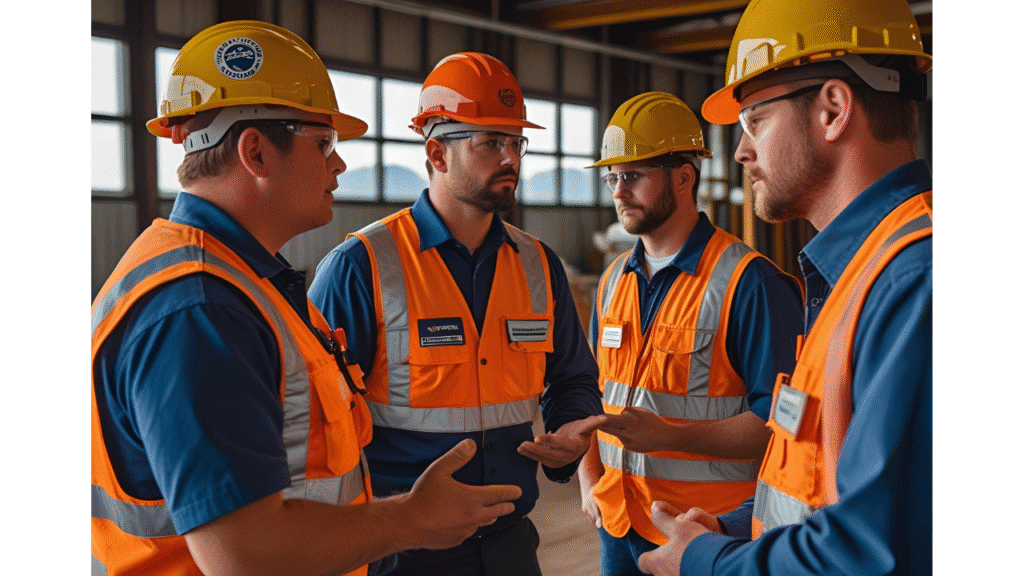
Toolbox Talk and Daily Briefing
Importance of Toolbox Talks
They’re essential. These 10-15 minute sessions help prevent accidents by educating workers about hazards like heat stress, working at height, or machine safety.
Daily Responsibilities of a Safety Officer
Site Walkthroughs and Inspections
One of the most important tasks—multiple walkthroughs throughout the day. The officer checks scaffolding, machinery, electrical setups, and confined spaces for any signs of danger.
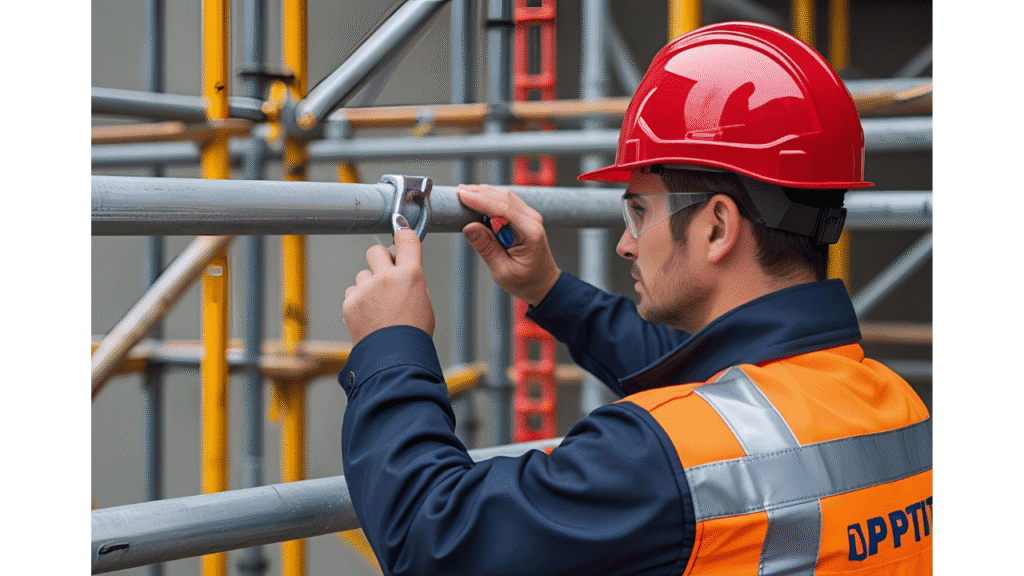
Site Walkthroughs and Inspections
Monitoring Workers’ Compliance
Are workers wearing their harnesses properly? Are they following lockout/tagout procedures? Constant vigilance is key.
Identifying and Eliminating Hazards
From exposed rebar to slippery walkways, every hazard spotted is either fixed or reported immediately.
Real-Life Scenarios on Site
Fall Protection Violation
A worker is spotted on a scaffold without his harness clipped. The officer intervenes immediately, stops the work, and conducts a quick retraining.
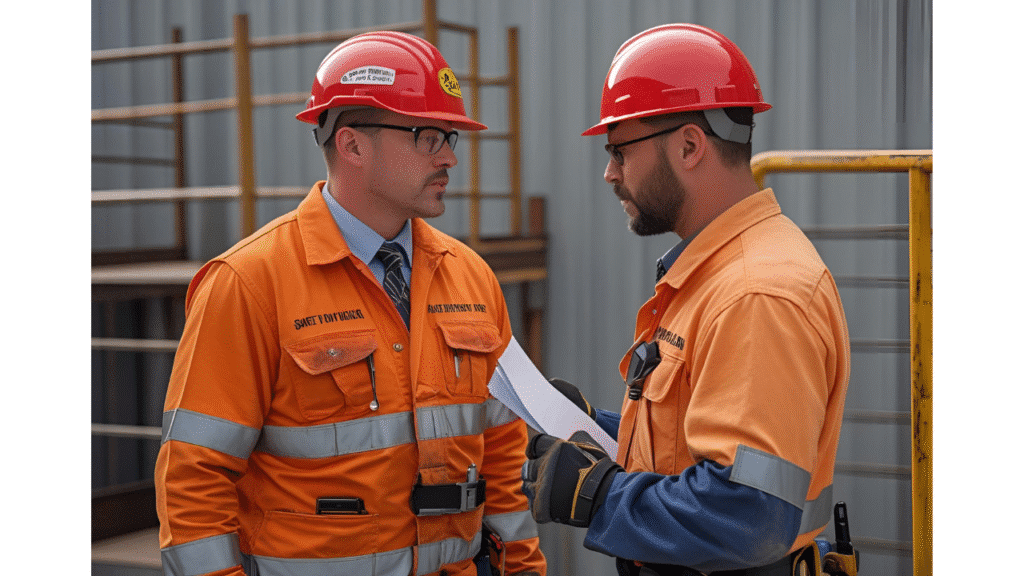
Addressing a Safety Violation
Confined Space Entry Supervision
A crew needs to enter a manhole. The Safety Officer ensures gas monitoring is done, a permit is issued, and a rescue plan is in place.
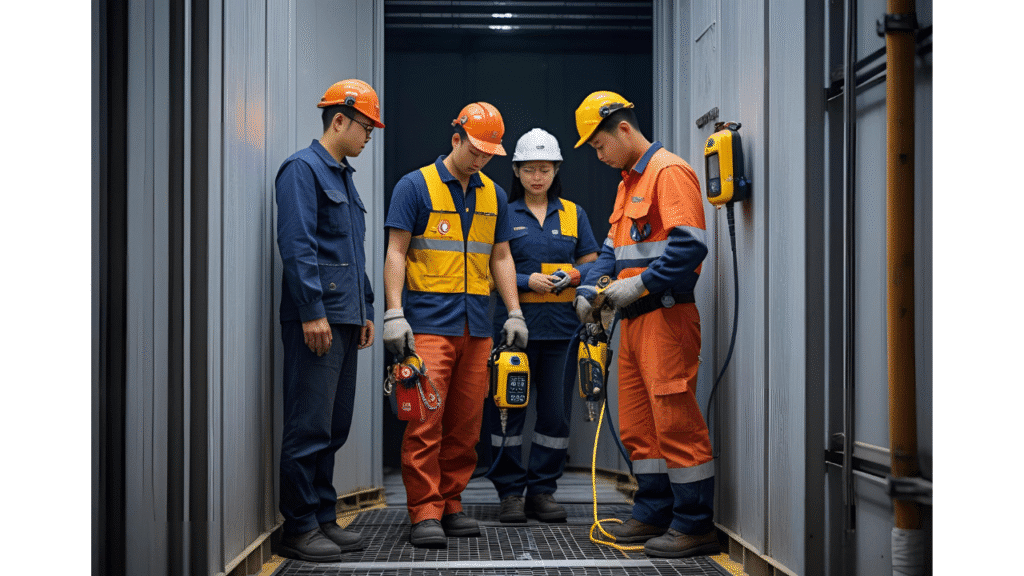
Confined Space Entry Supervision
Emergency Response Drill
Unexpected fire drill? Time to test how fast everyone can evacuate. The officer times the drill and identifies response gaps.
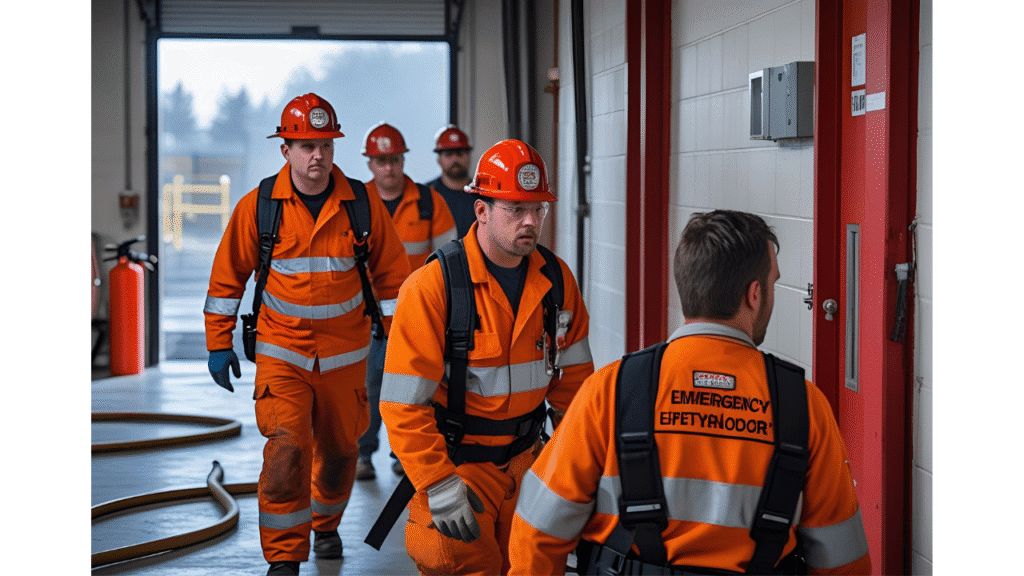
Emergency Drill in Action
Tools and Technology Used
Safety Checklists and Mobile Apps
Gone are the days of clipboards. Most officers now use apps for inspections and tracking non-compliance.
Use of Drones and CCTV for Safety
Drones help inspect high or dangerous areas without putting lives at risk.
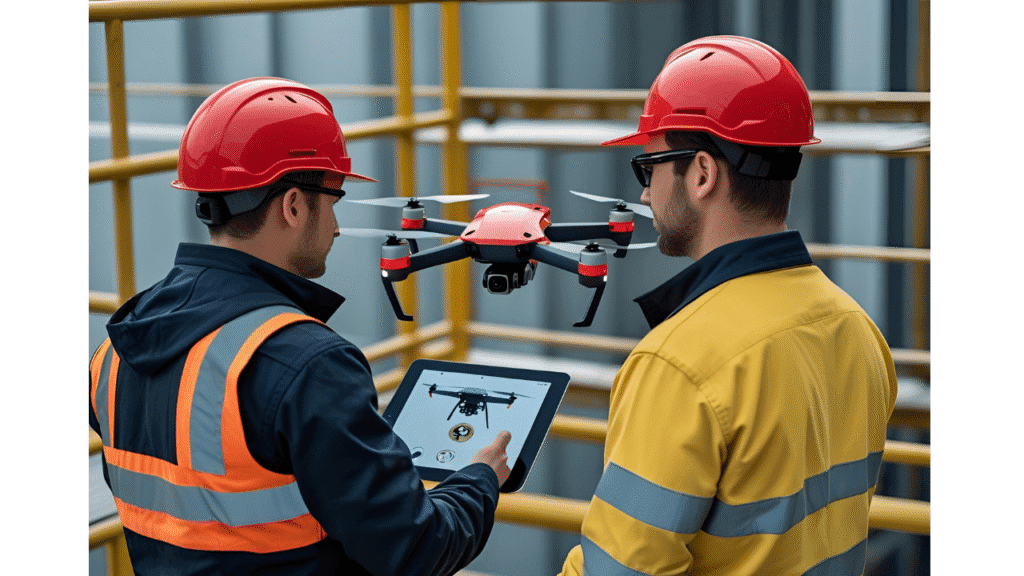
Using Safety Tech (App or Drone)
Leveraging Tech to Stay Ahead
These tools help Safety Officers stay proactive instead of reactive.
Collaboration and Communication
Working with Engineers and Supervisors
Safety Officers don’t work in isolation. They’re in constant communication with site managers, engineers, and supervisors to align safety with productivity.
Conflict Resolution and Corrective Actions
Sometimes workers don’t appreciate being corrected. That’s where diplomacy, assertiveness, and people skills come in.
Documentation and Reporting
Incident Reports
Every near miss or minor incident gets documented with detail—what happened, why, and how it was corrected.
Daily Safety Logs and Audits
From attendance sheets to hazard logs, a Safety Officer’s paperwork is crucial in maintaining compliance.
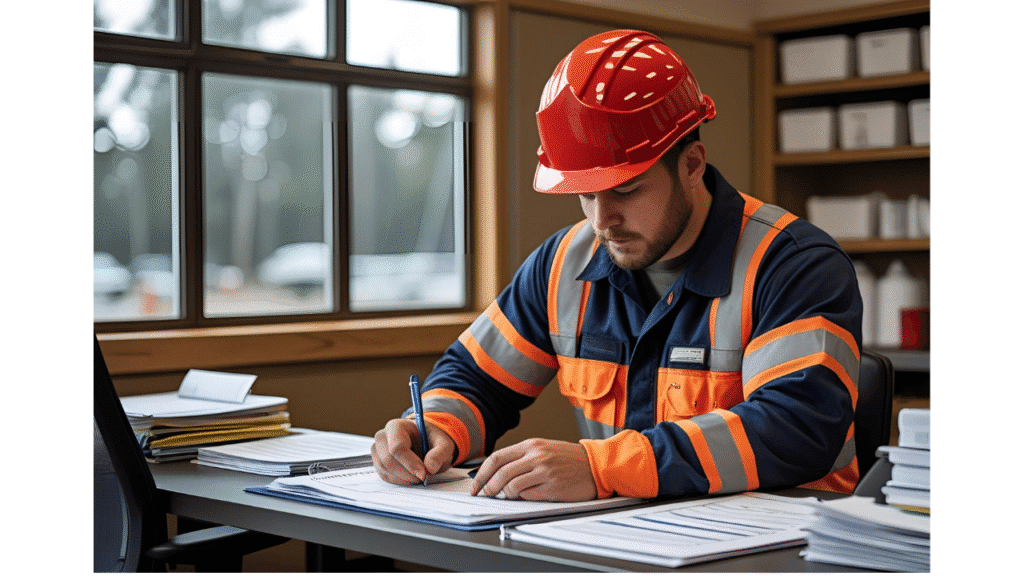
Filling Out Safety Reports
Afternoon Challenges and Decision-Making
Weather-Related Safety Adjustments
Sudden rain or high winds? The officer decides whether to stop scaffold work or halt crane operations.
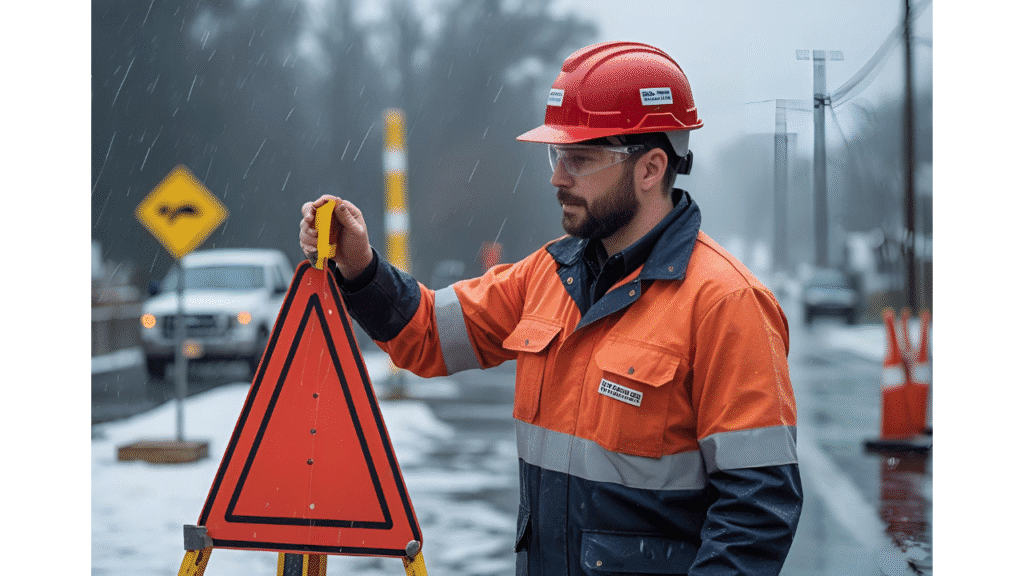
Responding to Weather Hazards
Managing Last-Minute Work Requests
Last-minute welding in a flammable area? Not without permits and safety checks.
Photos That Tell the Story
Images from a Typical Day
Picture a Safety Officer examining a worker’s harness or checking a gas monitor near a confined space. These photos speak volumes.
What Each Photo Represents
Each image captures a real safety concern or triumph—visual proof that safety never sleeps.
Lessons Learned from the Field
Common Mistakes and How to Avoid Them
From overconfidence to shortcuts, every mistake offers a chance to teach and learn.
Success Stories and Milestones
Sometimes, going months without an incident is a cause for celebration—and a clear sign of good leadership.
The Emotional Side of the Job
Pressure, Stress, and Accountability
The responsibility is huge. One oversight could lead to serious consequences. That pressure is real.
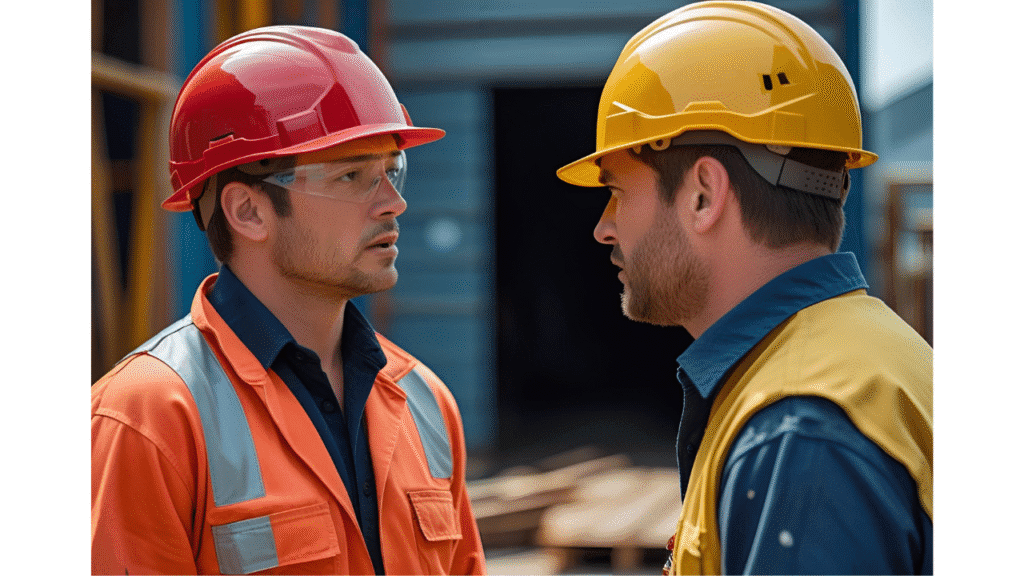
Conflict Resolution on Site
Rewards and Job Satisfaction
But when everyone goes home safe at the end of the day, the satisfaction is unmatched.
End of the Day: Wrap-Up Activities
Final Site Sweep
Before clocking out, a final sweep ensures tools are stored, machinery is shut, and safety signs are in place.
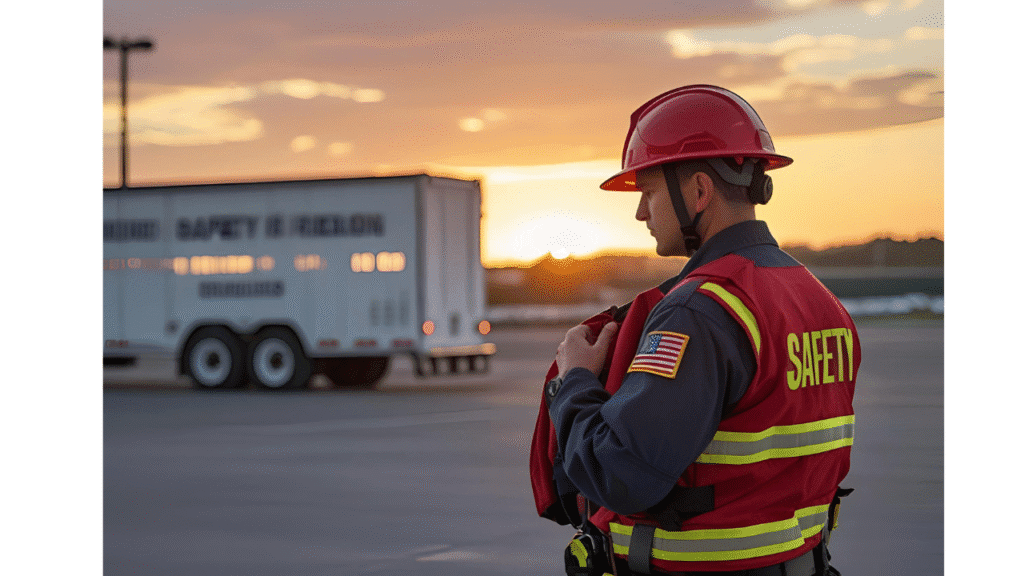
End of the Day
Preparing for Tomorrow
Tomorrow’s risks are already on the radar. Planning starts today.
Career Path and Growth Opportunities
Skills You Develop
From communication to crisis management, the job builds valuable skills.
Certification and Promotion Opportunities
NEBOSH, IOSH, CSP—certifications help move from officer to manager and beyond.
Conclusion
A Safety Officer’s day is anything but routine. It’s filled with real challenges, critical thinking, constant communication, and a deep responsibility to protect others. If you’ve ever thought about becoming one, know this—it’s a job that truly makes a difference every single day.
Top 5 Safety Apps Every Officer Should Use in 2025
Safety Officer vs HSE Officer: What’s the Difference in 2025?
Work Permit Receiver vs Safety Officer: What’s the Difference?
Top Industries Hiring Work Permit Receivers in 2025
Roles and Duties of a Work Permit Receiver in Oil & Gas Projects
FAQs
What’s the most dangerous part of a Safety Officer’s job?
Supervising high-risk activities like confined space entries or working at height can be extremely dangerous if not handled properly.
Do Safety Officers have the authority to stop work?
Yes, they can and should stop any work they deem unsafe, as protecting lives is the top priority.
How do Safety Officers handle non-compliance?
Usually through verbal warnings, followed by written reports, retraining, and if necessary, removal from the worksite.
Is being a Safety Officer a stressful job?
It can be, due to the constant vigilance and responsibility. But it’s also rewarding and impactful.
What qualifications are needed to become a Safety Officer?
A diploma or degree in occupational health and safety, NEBOSH or equivalent certifications, and on-the-job experience.